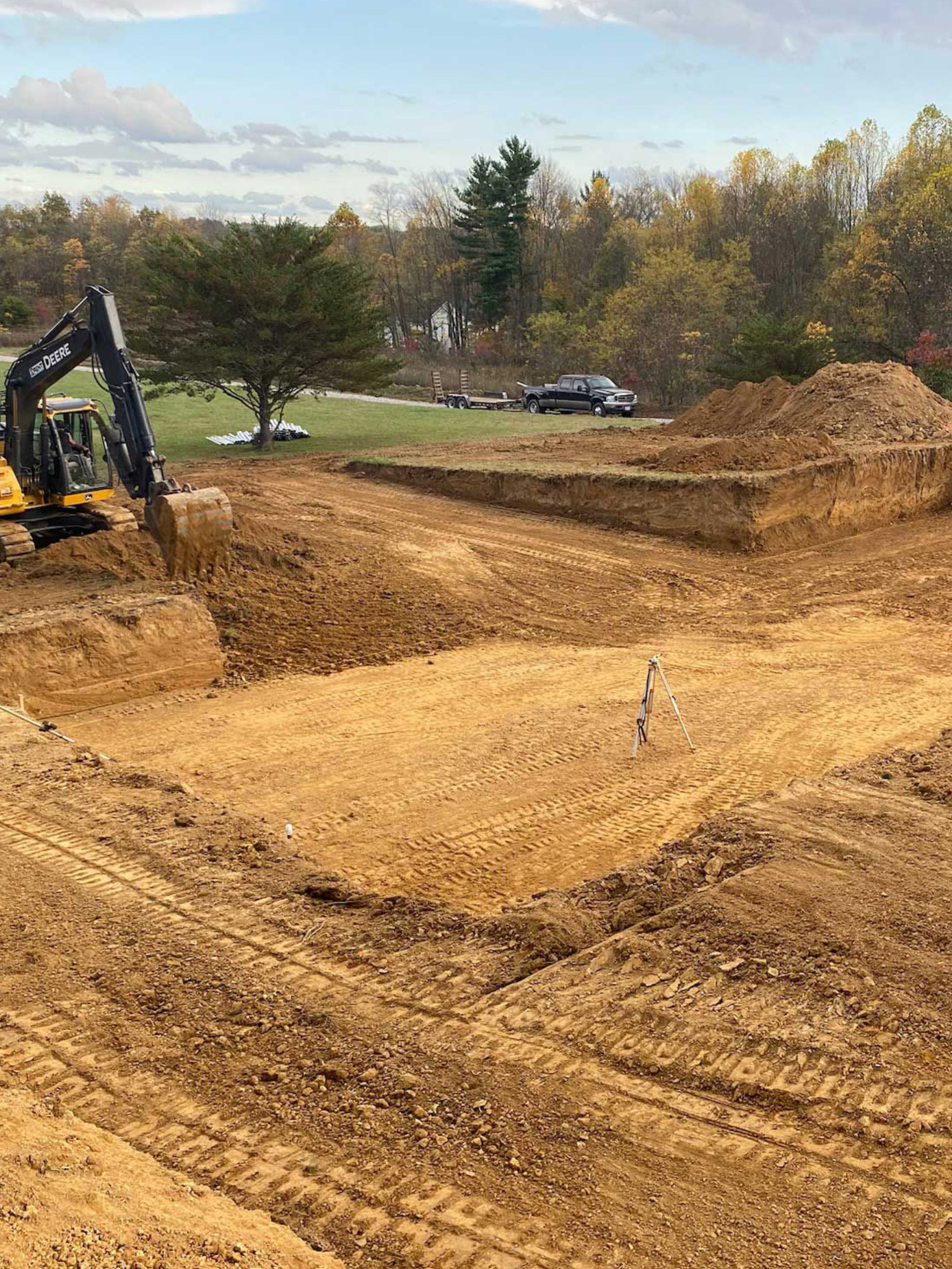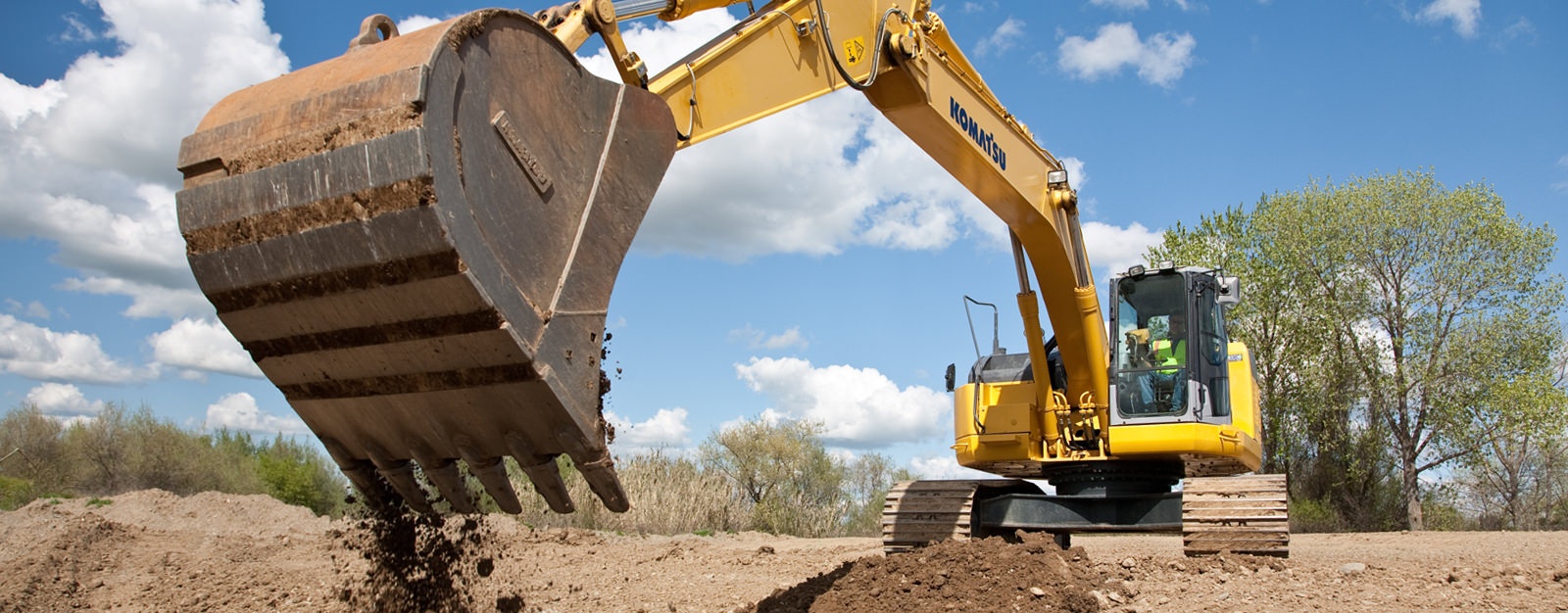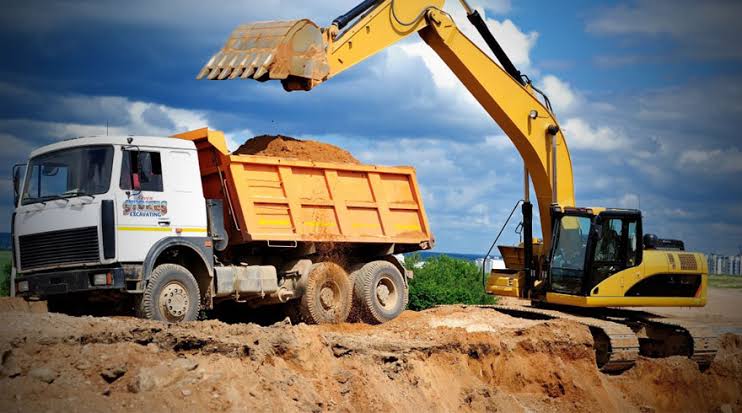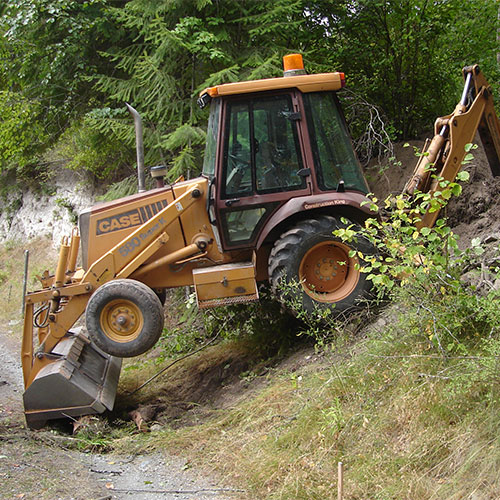Lancaster Excavation - Expert Excavation Solutions in Lancaster, OH
Lancaster Excavation - Expert Excavation Solutions in Lancaster, OH
Blog Article
Thorough Expedition: The Scientific Research Behind Superior Excavation Practices
The world of excavation practices is a domain where science links with workmanship to uncover the enigmas hidden beneath the earth's surface. From ancient hand devices to modern hydraulic excavators, the evolution of excavation methods has been a testimony to human ingenuity and technological developments. What truly sets exceptional excavation practices apart is a deep understanding of geological concepts, combined with the usage of sophisticated tools and methods. By checking out the scientific research behind these techniques, we can reveal the secrets that lie below our feet and value the accuracy and knowledge that enter into every dig.
Development of Excavation Methods
Throughout history, the advancement of excavation strategies has played a vital function ahead of time building and construction practices and archaeological explorations. From the primary devices used by our ancestors to the innovative equipment used in modern times, the development of excavation approaches has dramatically changed exactly how we approach different projects.
In ancient times, hands-on labor with standard tools such as pickaxes, shovels, and wheelbarrows was the main technique of excavation. This labor-intensive process restricted the deepness and scope of excavations, usually leading to slow-moving progress and limited accessibility to particular sites. As civilizations advanced, so did the tools and methods made use of for excavation.
The Industrial Revolution marked a turning factor in excavation exercise with the introduction of steam-powered machinery. This innovation transformed the area, permitting faster and more extensive excavations. In contemporary times, innovation plays a pivotal function in excavation, with improvements like GPS systems, drones, and 3D scanning boosting accuracy and efficiency in the field. The development of excavation methods proceeds to form the means we construct, discover, and understand the world around us.
Role of Innovation in Excavation

The assimilation of sophisticated modern technology has actually basically changed the area of excavation, improving precision and effectiveness to unprecedented levels. One of the key technical innovations that has actually substantially affected excavation methods is the use of GPS systems. These systems enable accurate mapping of excavation sites, enabling drivers to properly locate underground utilities and frameworks. Additionally, the usage of telematics in excavation equipment has actually allowed real-time monitoring of equipment efficiency, causing aggressive upkeep and boosted operational productivity.
Additionally, the arrival of 3D modeling and simulation software application has structured the preparation process for excavation jobs. Operators and engineers can now imagine the entire excavation process prior to beginning, determining prospective challenges and optimizing operations. Along with this, the implementation of drones in excavation activities has actually promoted aerial surveys, volumetric measurements, and site assessments with unparalleled rate and accuracy.
Geological Principles in Excavation
An understanding of geological concepts is crucial for ensuring the structural honesty and stability of excavation sites. Geological aspects play a vital duty in determining the expediency and security of excavation jobs (excavating ohio). One essential geological principle to think about is the type of soil or rock present at the site. Various dirt types, such as clay, gravel, or sand, have differing degrees of stability and need different excavation strategies. For circumstances, natural soils like clay may require additional support to avoid collapses, while sandy dirts may be prone to erosion during excavation.
In addition, the geological framework of the area, including faults, cracks, and rock developments, have to be very carefully analyzed to determine prospective threats and challenges. Digging deep into near geological fault or unsteady rock formations can bring about instability and prospective threats. By carrying out thorough geological surveys and evaluation, engineers and excavators can develop approaches to reduce threats and guarantee the effective completion of excavation jobs. Inevitably, incorporating geological principles right into excavation methods is critical for achieving safe, effective, and lasting outcomes.

Most Recent Devices for Excavation
In the world of excavation methods, contemporary innovations in devices have actually changed the performance and accuracy of excavation processes. One of the most up to date devices making waves in the sector is the usage of drones furnished with sophisticated imaging technology. These drones can provide detailed airborne surveys of excavation websites, supplying real-time information on topography and prospective risks. This details help in much better planning and decision-making throughout the excavation procedure.
Another cutting-edge device getting popularity is the execution of 3D printing innovation for producing customized excavation equipment. This enables the production of specialized devices that are tailored to the particular needs of a job, increasing performance and lowering downtime.
Additionally, improvements in materials scientific research have resulted in the growth of stronger and more durable excavation tools. dump truck companies in ohio. Tungsten carbide-tipped excavator attachments, as an example, deal exceptional efficiency in challenging ground conditions, improving productivity go to website on-site
Science's Effect on Excavation Practices

In addition, scientific study on dirt auto mechanics and geotechnical design has actually provided useful insights right into soil actions, enabling excavation specialists to make educated decisions concerning excavation techniques and dirt stablizing methods. In general, science proceeds to drive technology and enhancement in excavation methods, making excavation projects much more reliable, cost-effective, and sustainable.

Conclusion
In verdict, the advancement of excavation methods has actually been substantially affected by innovations in modern technology and a deeper understanding of geological principles. The most recent devices and devices used in excavation have actually enhanced get redirected here efficiency and accuracy in the area. The application of scientific knowledge has actually substantially enhanced excavation practices, bring about a lot more efficient and lasting methods for digging deep into different sorts of products.
In the realm of excavation techniques, modern technologies in devices have actually reinvented the effectiveness and precision of excavation processes. By leveraging clinical concepts, the address excavation market has been able to substantially enhance effectiveness, accuracy, and safety and security in excavation procedures. GPR enables excavation teams to non-invasively scan and map subsurface frameworks, energies, and prospective hazards, allowing them to intend excavation jobs with higher precision and reduced risk of accidents.
In addition, clinical research on dirt mechanics and geotechnical design has given beneficial understandings into dirt habits, allowing excavation specialists to make educated choices relating to excavation approaches and soil stabilization strategies. Generally, science proceeds to drive innovation and renovation in excavation practices, making excavation projects more effective, affordable, and lasting.
Report this page